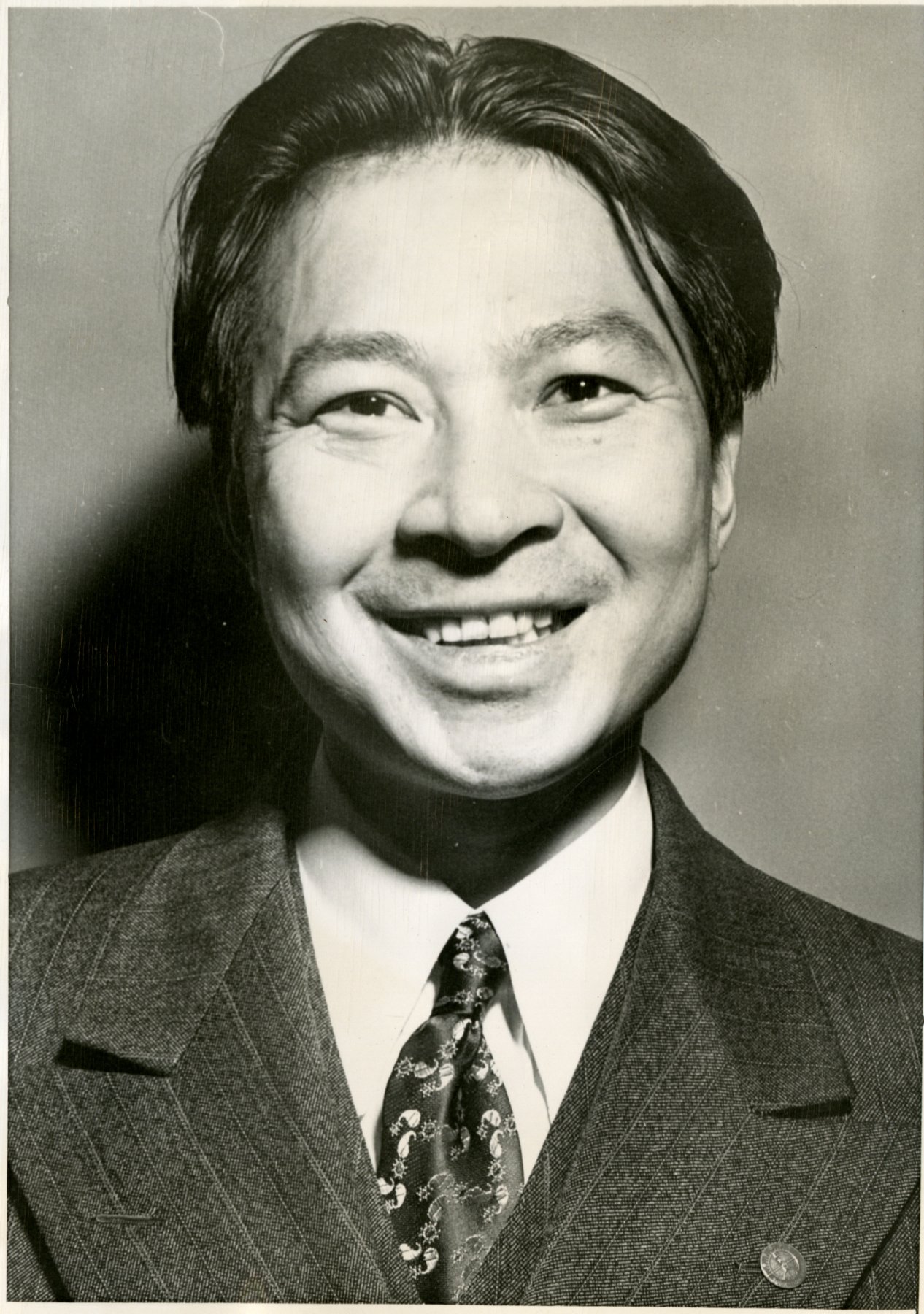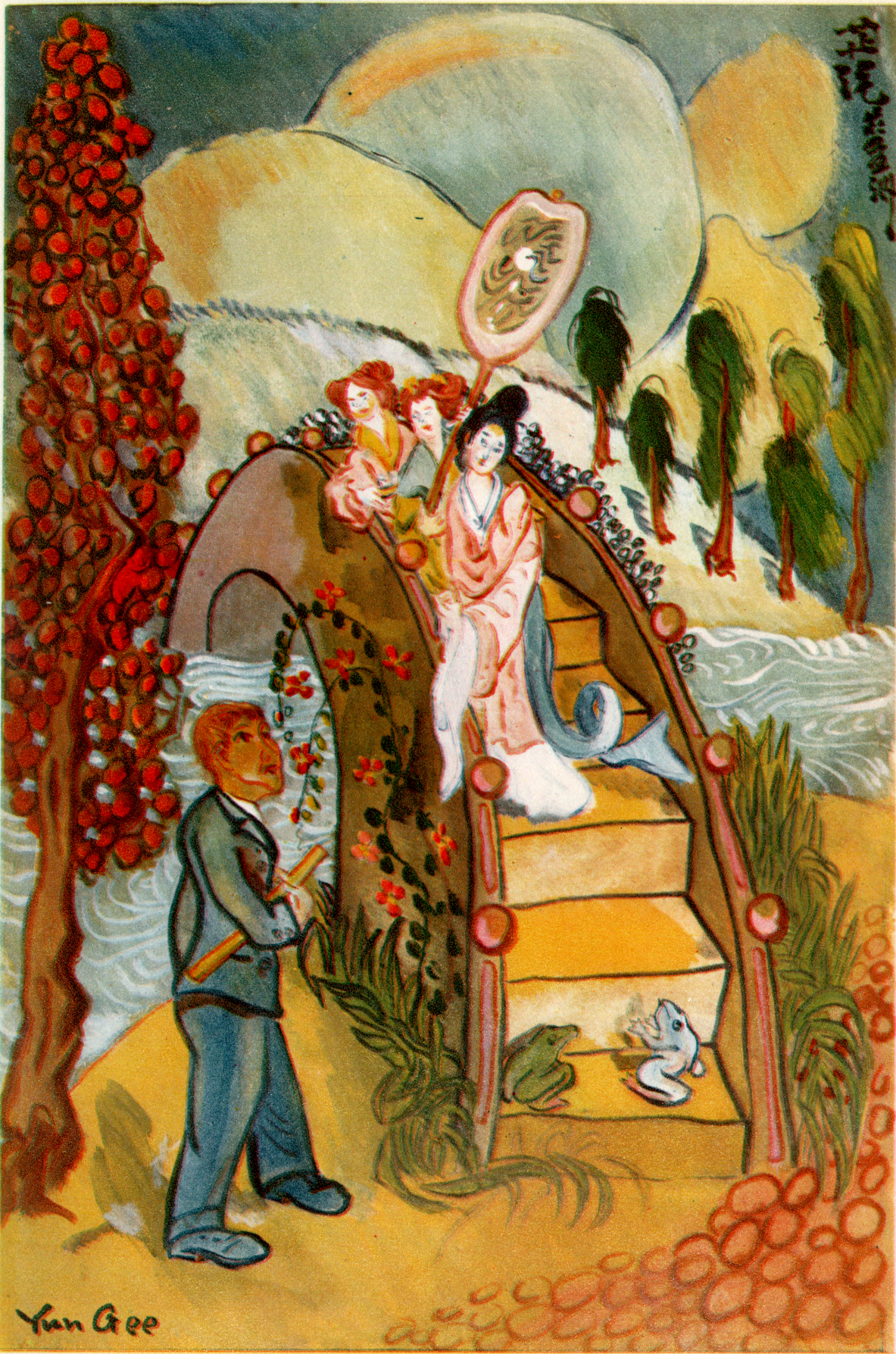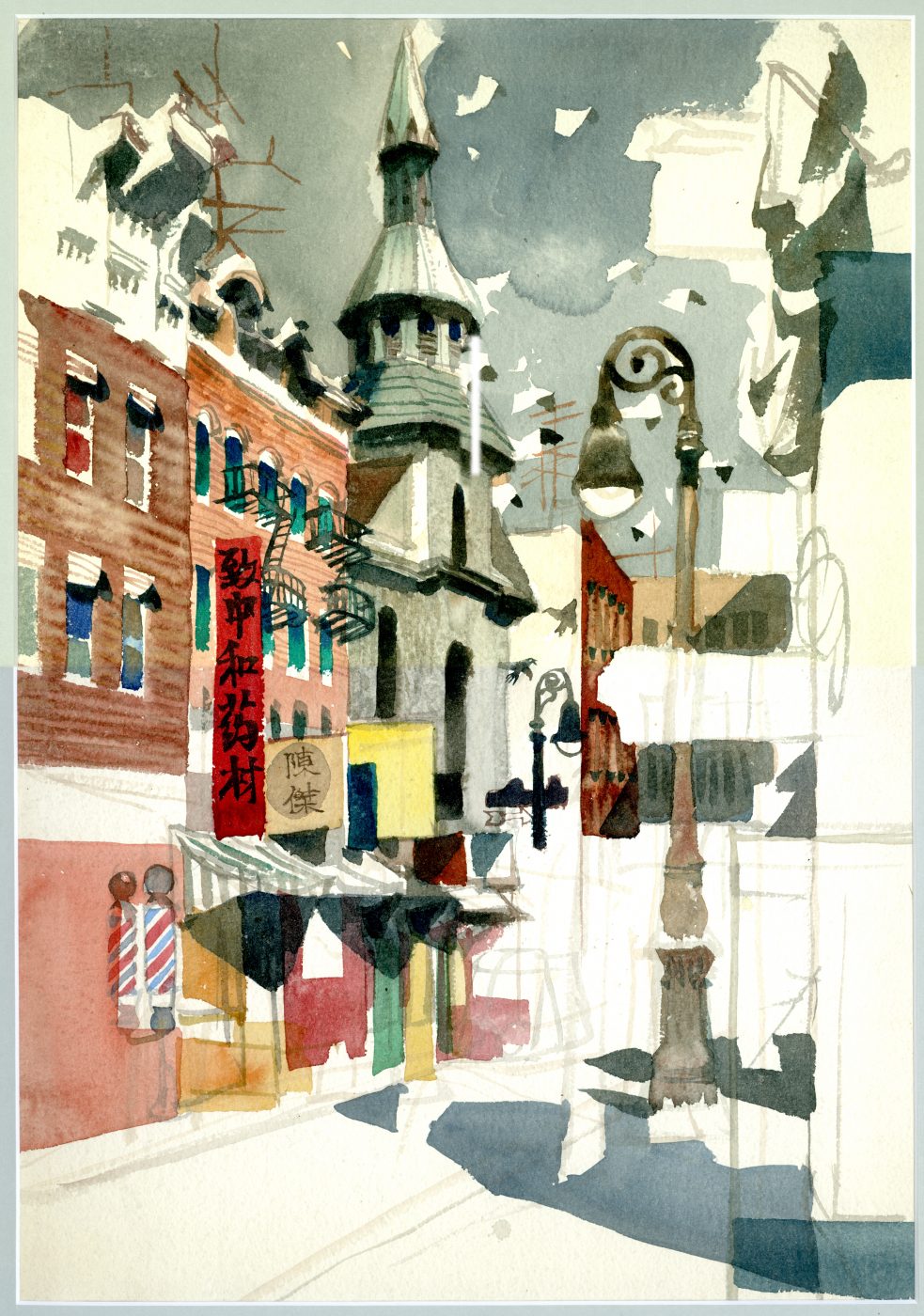Collections馆藏Collections馆藏Collections馆藏Collections馆藏Collections馆藏Collections馆藏Collections馆藏Collections馆藏Collections馆藏Collections馆藏Collections馆藏Collections馆藏Collections馆藏Collections馆藏Collections馆藏Collections馆藏Collections馆藏Collections馆藏Collections馆藏Collections馆藏Collections馆藏Collections馆藏Collections馆藏Collections馆藏Collections馆藏Collections馆藏Collections馆藏Collections馆藏Collections馆藏Collections馆藏Collections馆藏Collections馆藏Collections馆藏Collections馆藏Collections馆藏Collections馆藏Collections馆藏Collections馆藏Collections馆藏Collections馆藏Collections馆藏Collections馆藏Collections馆藏Collections馆藏Collections馆藏Collections馆藏Collections馆藏Collections馆藏Collections馆藏Collections馆藏Collections馆藏Collections馆藏Collections馆藏Collections馆藏Collections馆藏Collections馆藏Collections馆藏Collections馆藏Collections馆藏Collections馆藏Collections馆藏Collections馆藏Collections馆藏Collections馆藏

05 August 2019 Posted.
Yun Gee Headshot; Courtesy of Alex Jay, Museum of Chinese in America (MOCA) Collection. 朱沅芷证件照;Alex Jay捐赠,美国华人博物馆(MOCA)馆藏

Illustration from “Le Voyageur de Nuit” by Henry Jaques, Courtesy of Alex Jay, Museum of Chinese in America (MOCA) Collection.
Henry Jaques的“Le Voyageur de Nuit”插图,Alex Jay捐赠,美国华人博物馆(MOCA)馆藏
朱沅芷(Yun Gee,1906-1963),华裔美国现代艺术家,出生于广东。他被认为是那个时代最大胆的前卫画家之一。15岁时,朱沅芷作为一个“纸儿子”搬到了旧金山,和他的商人父亲住在一起。在那里,他在加州美术学院(California School of Fine Arts)接受绘画训练,从师奥蒂斯·奥德菲尔德(Otis Oldfield)。奥蒂斯把他引入了法国的同步主义艺术运动,一种将色彩和音乐类比的艺术流派。当时的法国画家大多是将塞尚的空间系统和马蒂斯的色彩运用融合在一起,创造出纯粹的抽象画,与他们不同,朱沅芷是那个时代唯一一个能够将同步主义色块转化为具象绘画的画家。
在旧金山,朱沅芷与前卫艺术家在一起,1926年他创办了现代画廊(Modern Gallery),他还创办了中国革命艺术家俱乐部(Chinese Revolutionary Artists’ Club),并在那里他教授年轻的中国画家绘画技法和色彩理论。在巴黎工作期间,远离了在排华期间困扰美国的种族偏见,朱沅芷经历了一段巨大的成长和发展时期。1930年搬到纽约后,他在布鲁克林博物馆(Brooklyn Museum)和现代艺术博物馆(MOMA)展出作品,但他却发现自己所面临的种族歧视令人无法忍受。他短暂地搬回巴黎,但在二战爆发时,他又被迫返回纽约。虽然种族主义始终对朱沅芷的天才得到承可造成持续性的障碍,但是他大胆前卫的作品就算在今天也依然不断地被人们发掘和欣赏其中的精妙。


